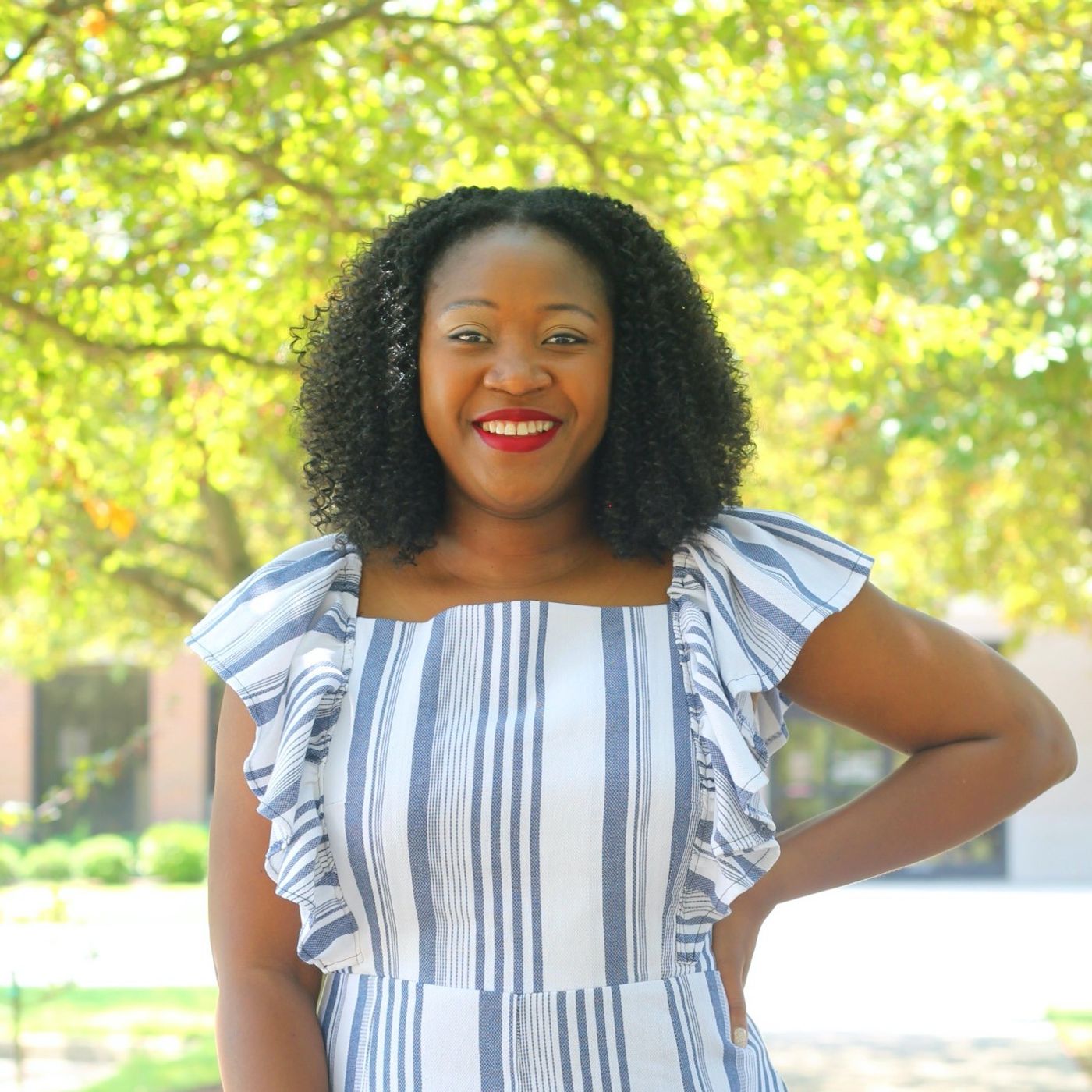Join the Black Women Stitch Patreon
Black Women Stitch 2023 Wall Calendar
Janda Lipker & Rebecca Christian-Lipker
This is a mother-daughter duo who creates quilts. They run their family-owned hair and beauty company, James Lauren LLC, out of Maple Heights. The name honors Lipker’s children, Rebecca, whose middle name is Lauren, and her son, James.
Lisa Woolfork
Lisa Woolfork is an associate professor of English, specializing in African American literature and culture. Her teaching and research explore Black women writers, Black identity, trauma theory, and American slavery. She is the founder of Black Women Stitch, the sewing group where Black lives matter. She is also the host/producer of Stitch Please, a weekly audio podcast that centers Black women, girls, and femmes in sewing. In the summer of 2017, she actively resisted the white supremacist marches in her community, Charlottesville Virginia. The city became a symbol of lethal resurging white supremacist violence. She remains active in a variety of university and community initiatives, including the Community Engaged Scholars program. She believes in the power of creative liberation.
Insights from this episode:
- Janda's sewing story
- Janda’s life growing up
- How Rebecca picked up sewing
- Making masks during Covid-19
- Details about the Henry Box Brown quilt
- Using color as a form of language
- The dynamics of working together as mom and daughter
- Details on the trapunto quilt
- Projects they have coming up
Quotes from the show:
- “I started sewing my first dress in third grade. So, I’ve been sewing, literally my own clothing, since third grade” —Janda Lipker in “Stitch Please”
- “I think with age came patience, in knowing like, it’s not all gonna come together, you’re not gonna be great at it initially, but there’s time” —Rebecca Christian-Lipker in “Stitch Please”
- “The big theme of us, is I may not know all the answers right now, but imma figure it out and it’s gonna be right!” —Rebecca Christian-Lipker in “Stitch Please”
- “This is what I love. I love that joy is always our option. Joy is our birthright as well! We can talk about our powerful history and you can stitch that history in about half a million stitches” —Lisa Woolfork in “Stitch Please”
- “Because social media is so raggedly individualist, there are a lot of people that don’t want to help anybody else” —Lisa Woolfork in “Stitch Please”
- “There is a lot of history that goes into every piece we make” —Janda Lipker in “Stitch Please”
- “Stich in any way that makes you happy, no matter what anyone says. Do what makes you happy: whatever that craft is, whether it’s stitching or not” —Janda Lipker in “Stitch Please”
Stay Connected:
Lisa Woolfork
Instagram: Lisa Woolfork
Twitter: Lisa Woolfork
Janda Lipker
LinkedIn: Janda Lipker
Rebecca Christian-Lipker
Instagram: Rebeca Christian-Lipker
James Lauren Beauty
Website: https://jlbeautyllc.com/
Instagram: James Lauren Beauty
Twitter: James Lauren Beauty
Facebook: James Lauren Beauty
This episode was produced and managed by Podcast Laundry.
Sign up for the Black Women Stitch quarterly newsletter
Check out our merch here
Leave a BACKSTITCH message and tell us about your favorite episode.
Join the Black Women Stitch Patreon
Check out our Amazon Store
Stay Connected:
YouTube: Black Women Stitch
Instagram: Black Women Stitch
Facebook: Stitch Please Podcast




